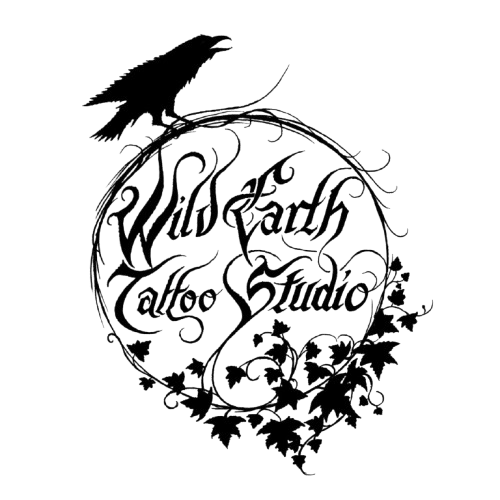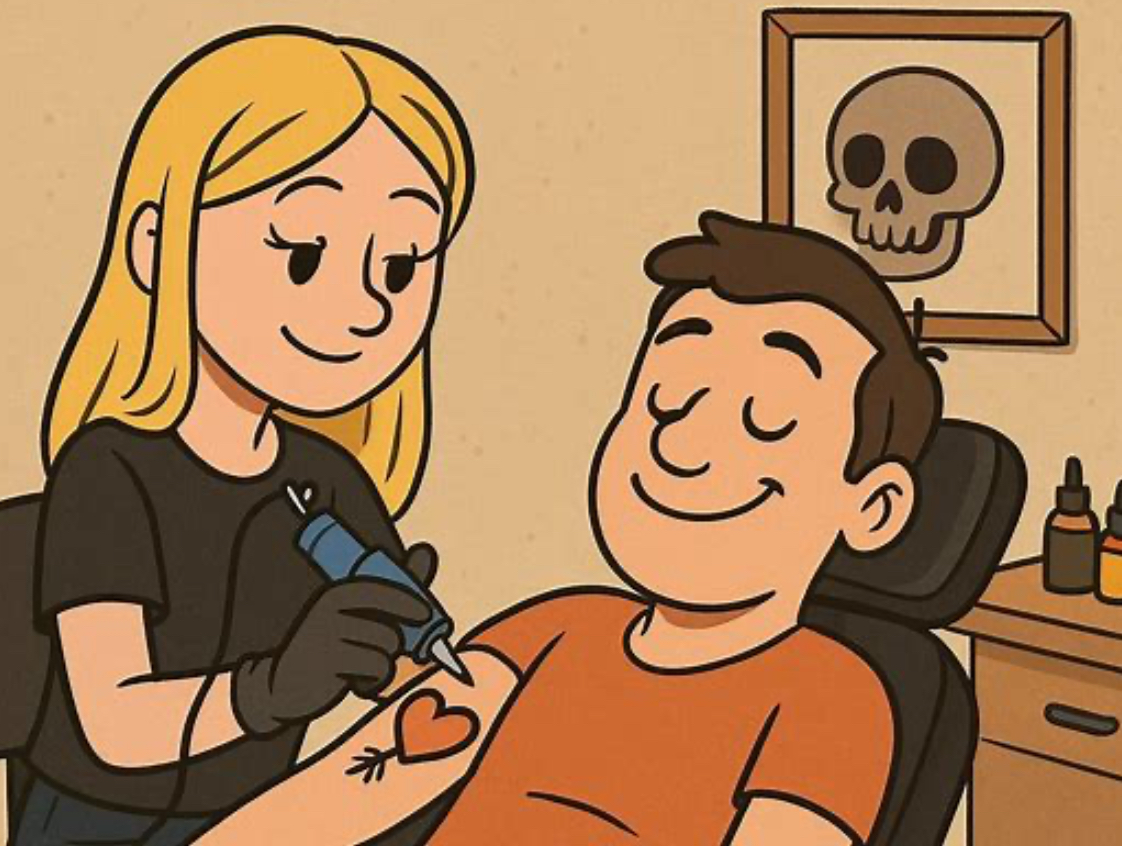Tattoos are more than just body art—they’re a form of personal expression with a history stretching back thousands of years. As tattooing has evolved across cultures and time periods, distinct styles have emerged, each with its own techniques, aesthetics, and symbolism. Whether you’re considering your first tattoo or adding to an existing collection, understanding different tattoo styles can help you choose the one that best fits your vision.
1. Traditional (Old School)
• Look: Bold black outlines, a limited but vibrant color palette (reds, yellows, greens, blues), and simple shading.
• Origin: Popularized in the early 20th century by Western tattoo pioneers like Sailor Jerry.
• Common motifs: Anchors, ships, roses, swallows, daggers, and pin-up figures.
• Why choose it: Classic and timeless—traditional tattoos age well thanks to their bold lines and solid color saturation.
2. Neo-Traditional
• Look: Builds on traditional style with more detail, a wider color palette, and realistic shading.
• Origin: Emerged as artists experimented with modern techniques, blending realism with old-school influences.
• Common motifs: Animals, portraits, ornate designs with decorative frames.
• Why choose it: A balance between vintage boldness and contemporary artistry.
3. Realism
• Look: Highly detailed tattoos that mimic photographs, paintings, or lifelike imagery.
• Origin: Influenced by fine art realism, popularized in modern tattoo studios worldwide.
• Common motifs: Portraits of loved ones, celebrities, wildlife, landscapes.
• Why choose it: Ideal if you want your tattoo to look like a true-to-life piece of art.
4. Blackwork
• Look: Tattoos done entirely in black ink, often using bold linework, geometric shapes, or abstract patterns.
• Origin: Inspired by tribal tattoo traditions, modernized with graphic design influences.
• Common motifs: Mandalas, sacred geometry, full blackout sections, illustrative figures.
• Why choose it: Striking contrast and longevity; often used for cover-ups.
5. Tribal
• Look: Heavy use of black lines and patterns, usually in flowing, symmetrical designs.
• Origin: Rooted in Polynesian, Samoan, Maori, and other indigenous tattooing traditions.
• Common motifs: Spirals, interlocking patterns, shapes tied to cultural or spiritual meaning.
• Why choose it: Deep historical and cultural significance, plus bold aesthetics.
6. Japanese (Irezumi)
• Look: Large-scale designs covering arms, legs, or backs, with bold outlines and rich colors.
• Origin: Traditional Japanese tattooing, steeped in folklore and symbolism.
• Common motifs: Dragons, koi fish, tigers, samurai, cherry blossoms, waves.
• Why choose it: A storytelling approach that often symbolizes strength, protection, and resilience.
7. Watercolor
• Look: Tattoos that mimic watercolor paintings, with splashes, gradients, and brushstroke-like effects.
• Origin: A newer style popularized in the 21st century.
• Common motifs: Abstract designs, animals, flowers, or even blending with line art.
• Why choose it: Soft, painterly aesthetics for those who want something more artistic and less traditional.
8. Minimalist & Fine Line
• Look: Simple, clean designs with thin lines and little to no shading.
• Origin: Rooted in modern design aesthetics and subtle tattoo culture.
• Common motifs: Tiny symbols, single-line figures, geometric shapes, words or quotes.
• Why choose it: Understated elegance, perfect for first tattoos or those who prefer subtlety.
9. Surrealism
• Look: Dreamlike, imaginative tattoos that combine realistic and abstract elements.
• Origin: Inspired by surrealist art movements (like Salvador Dalí).
• Common motifs: Distorted portraits, melting clocks, fantasy creatures, abstract landscapes.
• Why choose it: Unique, thought-provoking art that pushes tattooing into new creative realms.
10. Script & Lettering
• Look: Tattoos focused on typography, ranging from elegant calligraphy to bold graffiti-inspired text.
• Origin: Tied to personal expression and memorial tattoos.
• Common motifs: Names, quotes, dates, song lyrics.
• Why choose it: Meaningful words that carry deep personal significance.
Choosing the Right Style
The right tattoo style depends on your personality, the story you want to tell, and how you want the tattoo to age over time. Bold styles like traditional and tribal tend to hold up longer, while delicate watercolor or fine-line tattoos may fade faster without proper care. A skilled tattoo artist can guide you toward the style that works best for your design idea and placement.



